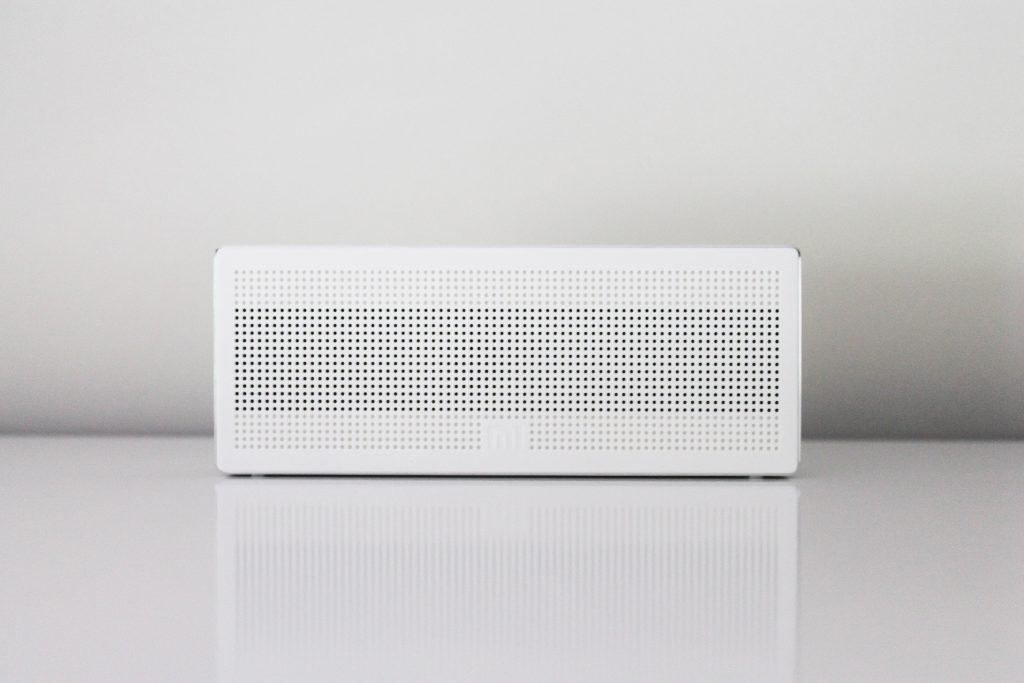Source: livescience(1) & livescience(2)
A recent United States Environmental Protection Agency report revealed indoor air can have up to five times higher levels of pollutants like mold, pesticides and particulates than the air outdoors, so the idea of a device that removes these pollutants, as well as allergens like dust, pet dander, and pollen, seems not only pragmatic, but a healthy choice. But how do air purifiers work, what can they remove, and can they protect against COVID-19?
How they work
Air purifiers have a relatively simple set-up: a fan that sucks in air, and one or more filters. These filters — usually paper, fibers such as fiberglass, or a mesh — capture and neutralize pollutants and particles as air passes over them, before the clean air is recirculated into the living space.
Most filters trap relatively large, coarse molecules measuring 5 microns or less, like dust mites and pollen. But how do air purifiers work to filter smaller particles? High-efficiency filters use a dense network of fibers and several layers of intricate weaves to remove pollutants and allergens measuring as small as 2.5 microns, around the size of animal dander. Some air purifiers have ultraviolet filters and use light to destroy biological impurities such as mold and bacteria, while those with activated charcoal can remove gases like volatile organic compounds (VOCs) and smoke particles.
Air purifiers and particulate matter
Published in the Environmental Health journal, a 2016 study suggested air purifiers, or portable air cleaners, should be at the forefront of the public health response against particulates, such as from indoor wildfire smoke exposure. How do air purifiers work to reduce particulates? The study recommended devices with HEPA filters to eliminate particles, and even acrid wildfire smell. It also notes that air purifiers with electrostatic precipitators — which use electrical energy to charge an incoming stream of particles and collect them on an oppositely charged metal plate — could lower the concentrations of fine particulate matter.
Air purifiers and COVID-19
COVID-19 particles are around 0.1 micron in size — that’s 1,000 times smaller than a millimeter, and thinner than a strand of spider web silk — but are always bound to something much larger, like a water droplet or aerosol. Just like other airborne viruses and bacteria, these droplets can be removed by air purifiers.
As such, the novel coronavirus that causes COVID-19 should get filtered out by air purifiers using HEPA. In that way, such air purifiers could help to reduce the transmission of the virus. However, whether that means these purifiers can stop direct transmission — say an infected person sneezes or breathes out viral particles a few feet from you — is not clear. The air purifier takes time to capture these particles and by the time the air gets pulled into the purifier, it might have already made its way up your nose.
A 2021 report from the Centers for Disease Control and Prevention (CDC) shows that HEPA air purifiers, which use mechanical suction to pull air across a high-efficiency filter, could decrease exposure to COVID-19 aerosols indoors, in conference rooms for example. However, the researchers didn’t consider factors such as open windows, size of the room, and air flow — all of which will affect how an air purifier operates under real world conditions.
Air purifiers, allergies and asthma
Air purifiers are designed to remove the airborne irritants responsible for allergies by trapping them in a filter. Most air purifiers capture particles like dust and pollen, but those with high-efficiency particulate air (HEPA) filters, will remove particles larger than 0.3 microns, including animal dander, which is a common allergy trigger.
“Air purifiers can capture some of these [allergen] particles, and therefore, air purification is often recommended as a component of environmental improvement for patients with allergic respiratory disease” said Aneta Ivanova, allergy nurse consultant at Midlands Allergy Service in the U.K.
“However, there is very little medical evidence to support that air purifiers help directly to significantly reduce allergies or respiratory symptoms. The reports directly from patients/parents/carers about positive results from using air purifiers are scarce, and there is a need for larger randomized control trials to be able to scientifically prove the true effectiveness,” she added.
Allergy UK reports that allergies can trigger an asthma attack in up to 90% of children and 60% of adults. But before investing in an air purifier, it’s worth figuring out what triggers an attack. “Should aero allergens such as dust mites, pollens, mold or pet dander be the trigger, then using an air purifier may help.” Ivanova says. Additionally, shes points out that although helpful, air purifiers are not a replacement for medical asthma treatment like inhalers. You should always consult your doctor or seek professional medical advice before changing your prescribed medical routine.

Photo by Álvaro Bernal on Unsplash
Pingback: เสริมหน้าอก พัทยา
Pingback: namo333